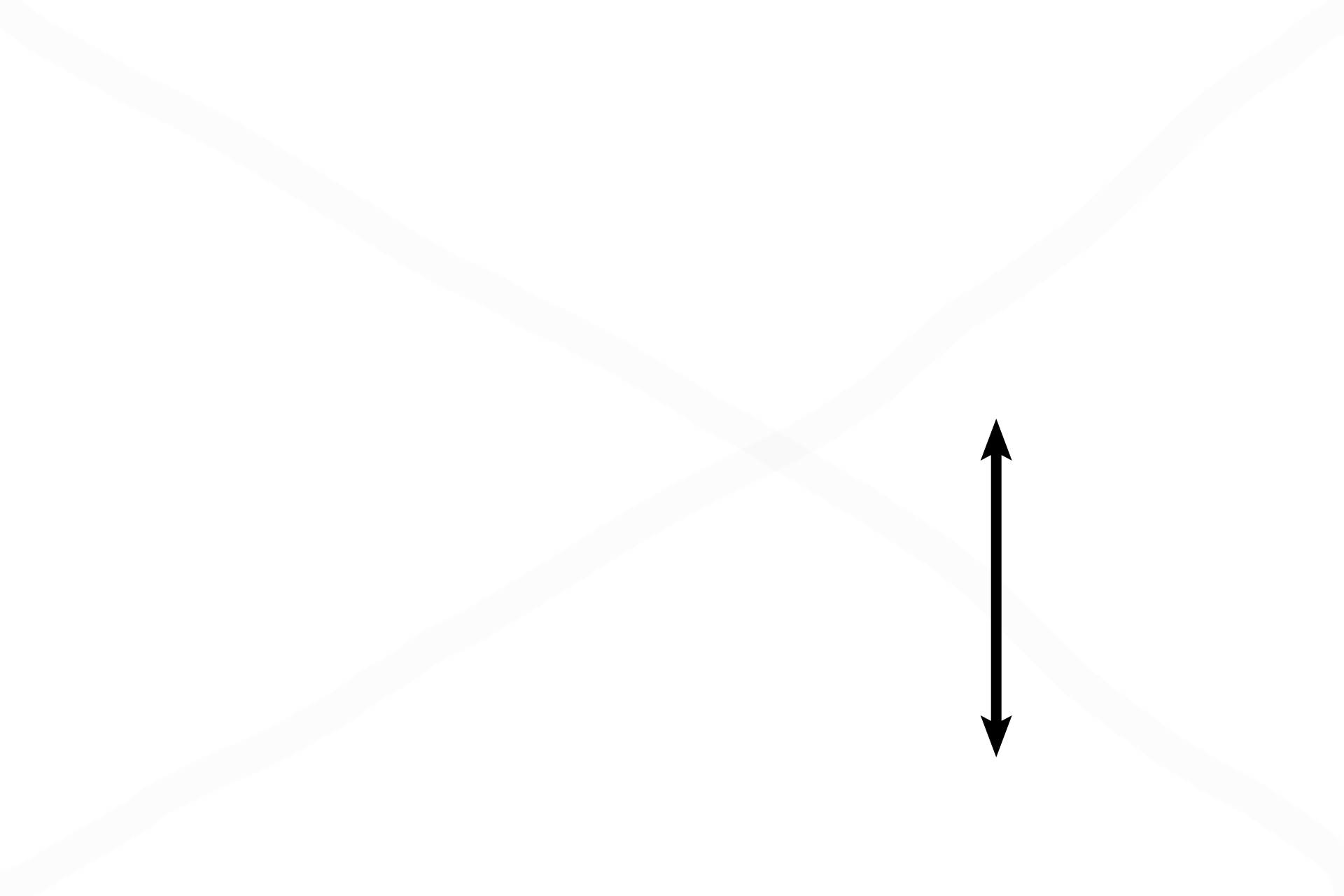
Bone: resorption
This diaphysis of a long bone shows bone resorption, either to maintain proper bone proportions during growth or to release calcium. Resorption occurs when osteoclasts break down bone at inner or outer bony surfaces or by a more involved process where a canal of bone (resorption canal) is resorbed and then filled in by bone deposition, forming an osteon. 1000x

Periosteum >
The osteogenic layer of the periosteum covers the exterior surface of a bone. The fibrous layer of the periosteum is out of the field to the left. The osteogenic layer is a thick layer consisting of many cells, those closest to the bone surface differentiate into osteoblasts and deposit osteoid.

Classify >
The tissue indicated by the arrow is compact woven bone. It is compact because almost the entire tissue is bone. It is woven because it lacks lamellae and the osteocyte lacunae are rounded and in no orderly arrangement.

Osteoclasts >
Osteoclasts lie in Howship’s lacunae, half-moon shaped recesses they have resorbed into the bone.

- Howship's lacunae
Osteoclasts lie in Howship’s lacunae, half-moon shaped recesses they have resorbed into the bone.

Resorption canal >
Some osteoclasts have eroded a canal into the bone, called a resorption canal. These canals are usually located in the bony interior, but may also form on the bony interior or exterior surfaces as well, as seen here. Blood vessels are present in resorption canals and in the osteogenic layer of the periosteum

Blood vessels
Some osteoclasts have eroded a canal into the bone, called a resorption canal. These canals are usually located in the bony interior, but may also form on the bony interior or exterior surfaces as well, as seen here. Blood vessels are present in resorption canals and in the osteogenic layer of the periosteum